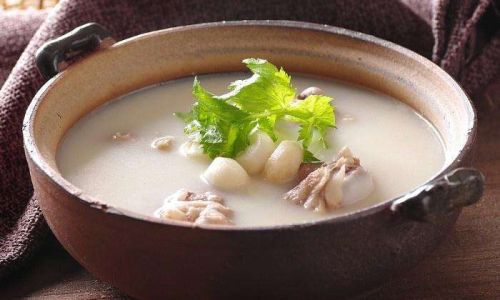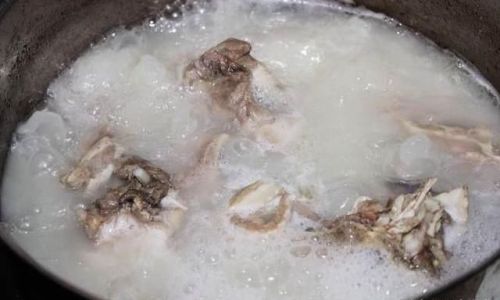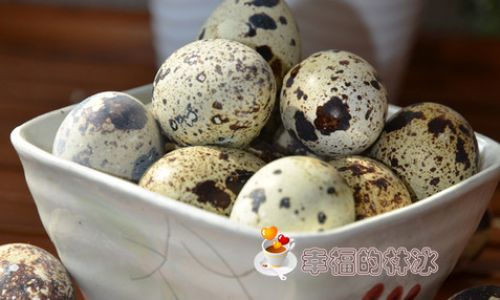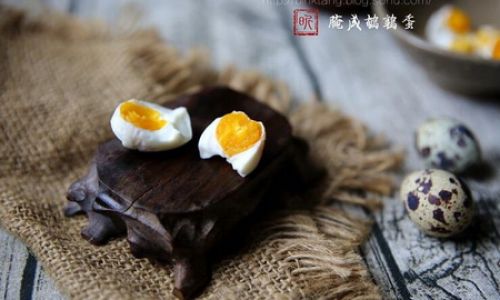Introduction
Bone broth, often hailed as a culinary elixir, has been a cornerstone of kitchens across cultures for centuries. This golden, gelatinous liquid, simmered patiently from animal bones and connective tissues, is more than just a soup base—it’s a testament to the alchemy of time, heat, and ingredients. Whether you’re a seasoned home cook or a novice in the kitchen, mastering the art of熬制大骨头高汤 (simmering large bone broth) opens doors to endless culinary possibilities. Beyond its savory depth, this broth is revered for its nutritional prowess, packed with collagen, amino acids, and minerals that nourish the body and soothe the soul. In this comprehensive guide, we’ll explore the step-by-step process of creating a robust bone broth, from selecting the finest bones to achieving that coveted silky texture. Let’s embark on a journey that marries tradition with technique, transforming simple ingredients into a liquid treasure.
The Foundations: Ingredients and Tools
Crafting exceptional bone broth begins with sourcing quality ingredients. The star of the show is, of course, the bones. Opt for a mix of meaty bones (like beef shanks or oxtail) and knuckle or joint bones rich in collagen. These can often be sourced from local butchers or ethically raised meat suppliers. For a deeper flavor profile, consider roasting the bones first—a step that caramelizes their surfaces and imparts a rich, umami-rich base.
Essential Ingredients List:

- 4–5 pounds of mixed bones (beef, pork, or chicken)
- 2 medium onions, quartered
- 3 carrots, roughly chopped
- 3 celery stalks, roughly chopped
- 1 head of garlic, halved crosswise
- 1 tablespoon black peppercorns
- 3–4 bay leaves
- A handful of fresh herbs (thyme, parsley, rosemary)
- 2 tablespoons apple cider vinegar (to extract minerals)
- 16–20 cups of cold filtered water
- Salt to taste (optional, added after cooking)
Tools of the Trade:
- A large stockpot or Dutch oven (at least 8-quart capacity)
- A fine-mesh strainer or cheesecloth
- A roasting pan (if roasting bones first)
- A ladle and tongs
- Storage containers or jars
The Process: Step-by-Step Guide
Roasting the Bones (Optional but Recommended)
While raw bones can be used, roasting amplifies the broth’s complexity. Preheat your oven to 400°F (200°C). Spread the bones in a single layer on a baking sheet and roast for 30–40 minutes, turning halfway, until golden brown. This step mellows any gaminess and introduces a caramelized sweetness.
Preparing the Aromatics
As the bones roast, chop your vegetables. Onions, carrots, and celery—known as the “holy trinity” of aromatics—form the flavor backbone. Garlic adds depth, while peppercorns and bay leaves contribute earthy notes. Reserve fresh herbs for later to prevent bitterness.
Simmering the Broth
Transfer the roasted bones and any accumulated juices to your stockpot. Cover with cold water, ensuring bones are submerged by 1–2 inches. Add the vinegar (it helps leach minerals from the bones) and bring to a gentle simmer over medium-low heat. Skim off any foam that rises to the surface—this ensures clarity.

Adding Vegetables and Herbs
After 1–2 hours of simmering, introduce the onions, carrots, celery, garlic, peppercorns, and bay leaves. Avoid adding salt at this stage, as it can toughen the bones. Maintain a bare simmer—never a boil—to prevent cloudiness.
The Long Simmer: Patience is Key
Bone broth’s magic lies in its slow cooking. For beef or pork broth, aim for 12–24 hours; chicken broth requires 6–8 hours. This extended simmer breaks down collagen into gelatin, creating a velvety texture. Check periodically, adding water if needed to keep bones submerged.
Incorporating Fresh Herbs
In the final hour, toss in the fresh herbs. Their delicate flavors are best preserved by late addition.
Straining and Storing
Once the broth has reduced by about a third and the bones are brittle, it’s ready. Use tongs to remove large bones, then strain the liquid through a fine-mesh sieve or cheesecloth. Discard solids. Let the broth cool slightly before refrigerating. A layer of fat will solidify on top—keep it for added richness or remove it for a lighter broth.
Portioning and Preservation
Store broth in airtight containers in the refrigerator for up to 5 days, or freeze for 6 months. Ice cube trays are perfect for portioning small amounts.

Tips for Perfect Bone Broth
- Embrace the Scum: That grayish foam during simmering is impurities; skimming it ensures a clear broth.
- Acidic Boost: Apple cider vinegar or a splash of wine aids in mineral extraction without altering taste.
- Bones Matter: Knuckle and joint bones yield more gelatin; marrow bones add richness.
- Slow Cooker Alternative: For hands-off cooking, use a slow cooker on low for 24–48 hours.
- Flavor Variations: Experiment with spices like star anise, ginger, or smoked paprika for regional twists.
The Science Behind the Sizzle
Bone broth’s health claims are rooted in science. Collagen, broken down into gelatin during cooking, supports joint health and gut lining. The amino acids glycine and proline aid in detoxification and muscle repair. While not a cure-all, its nutrient density makes it a wholesome addition to diets.
Culinary Applications
Beyond sipping as a warming tonic, bone broth elevates dishes:
- Soups and Stews: Use as a base for pho, ramen, or hearty vegetable soup.
- Sauces and Gravies: Reduce for a glossy, flavorful foundation.
- Rice and Grains: Cook grains in broth for an instant flavor upgrade.
- Braising Liquid: Simmer meats or vegetables in broth for tender results.
Troubleshooting Common Issues
- Cloudy Broth: Caused by boiling or not skimming scum. Maintain a gentle simmer.
- Bitter Taste: Overcooked vegetables or herbs can impart bitterness. Add them late in the process.
- Weak Flavor: Roast bones thoroughly and use a 1:1 bone-to-water ratio.
Beyond Beef: Exploring Poultry and Fish
While beef bones are classic, poultry (chicken or turkey) broth cooks faster (4–6 hours) and offers a milder flavor. Fish broth, made with heads and bones, is delicate and cooks in 30–45 minutes—ideal for seafood bisques.

Conclusion: A Timeless Tradition Reimagined
熬制大骨头高汤 is more than a recipe—it’s a ritual that connects us to generations of cooks who understood the value of patience and quality ingredients. In a world of instant gratification, this slow-simmered broth reminds us that some things are worth waiting for. Whether you’re seeking comfort in a bowl, nourishment for recovery, or a canvas for culinary creativity, bone broth delivers. Experiment, tweak, and make it your own. After all, the best broth is one that tells your story—one sip at a time.
Final Thoughts
Mastering bone broth is a journey, not a destination. Each batch will teach you something new about the interplay of ingredients and time. So gather your bones, fire up the stove, and let the low, steady heat work its magic. Your future soups, stews, and sauces will thank you.






0 comments